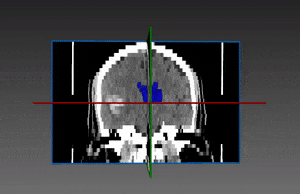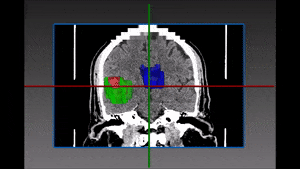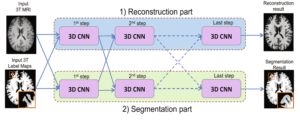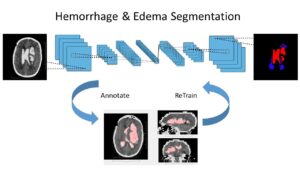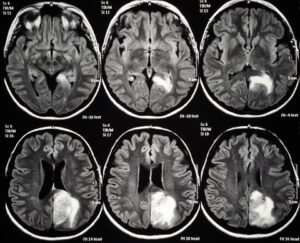The brain ventricular system is in charge of cerebrospinal fluid (CSF) production, which is essential for its normal function. In addition to providing physical protection to the brain tissue, it provides the nervous system with nutrients and removes waste among other functions. The ventricular system consists of four ventricles: two lateral ventricles in each hemisphere, and third and fourth ventricles, all connected by several narrow foramina. Due to its great importance and complexity, early diagnosis and treatment of ventricular system pathologies is crucial. For example, outflow blockage may cause ventricular enlargement due to increased pressure. Computed tomography (CT) imaging of the brain has become a leading diagnostic tool due to its high availability and quick image generation, which is useful in emergency room settings such as stroke or traumatic brain injury (TBI). CT imaging can supply the physicians with crucial information regarding presence of hemorrhage, ischemia, tumors, hydrocephalus, and other pathologies.
One of the most problematic consequences of TBI, stroke or brain tumor is increased intracranial pressure (ICP), which is a direct indicator of poor outcome when rising to dangerous levels. Mostly, increased ICP is due to intracranial hematoma or cerebral edema, and can lead to a decreased blood supply to brain tissue due to displacement of brain structures called mass effect, brain herniation, and hydrocephalus. Hence, early diagnosis and treatment of increased ICP is essential for minimizing mortality.
There are several features in imaging that might suggest that the patient is suffering from increased ICP or is at risk for developing it. Two of them are – shifting of the midline and increased size of the lateral ventricles. Presence of these features could indicate the need for invasive treatments such as decompressive craniotomy or placement of a catheter within one of the lateral ventricles called external ventricular drain (EVD) , in order to drain cerebrospinal fluid (CSF) and relieve pressure from brain tissue.
Brain ventricles segmentation with AI
It is therefore key to accurately segment lateral ventricles and the midline. The main challenges resides in the following: hemorrhage or tumors which are external to the ventricle (like in ICH) may modify its shape due to external pressure; also, when hemorrhage are within the ventricle (IVH), blood can fill the volume of the ventricle rendering the segmentation too difficult for traditional medical imaging techniques. RSIP Vision has developed a cutting edge deep neural network to perform a very accurate brain ventricles segmentation through advanced Artificial Intelligence techniques. Talk to an RSIP Vision engineer now.

